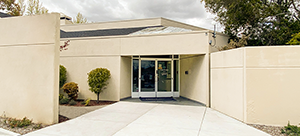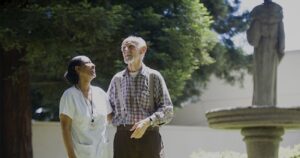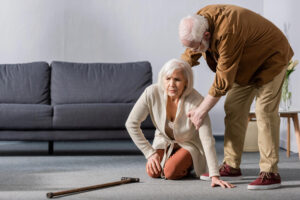Attitudes toward aging have changed for the better in recent years, but ageism remains a negative force in modern society.
Erin Partridge, Ph.D. ATR-BC, Experiential Researcher in Residence at Elder Care Alliance, recently attended an author event on the subject, “Let’s Rock This Chair: No to Ageism, Yes to Aging.”
Speaker Ashton Applewhite led the discussion based on her book, “This Chair Rocks: A Manifesto Against Ageism.” The event took place at the Institute for the Future in Palo Alto.
The Last Sanctioned Prejudice?
The talk focused on the reality of ageism, including the idea that ageism is the last prejudice sanctioned by the general population. When people speak negatively of aging or older people, they may use the word “old” as a synonym for “bad.”
The stigma associated with aging can impact seniors negatively in a number of ways, including hesitancy to take full advantage of assistive devices such as hearing aids and walkers. Seniors also may hesitate to use available social support systems.
Individuals who maintain ageist attitudes also fail to recognize the realities of aging and the difficulties that older people may face.
Origins of the Term ‘Ageism’
Gerontologist Robert N. Butler created the term ageism to describe discrimination directed at older adults. Like other types of discrimination, ageism involves the use of negative — and typically false — stereotypes, in this case based solely on someone’s age.
Seniors experience the results of ageism in a number of additional ways, including discrimination in the workplace. For older people who still work, ageism can lay the foundation for disparities between workers in different age groups. Younger workers sometimes have more trouble getting hired and may be paid less due to a perceived experience deficit. Older workers, on the other hand, sometimes have problems with changing careers or receiving promotions in the workplace.
Reframing the Ageist Narrative
What are some ways that senior advocates can begin to change the conversation about aging to combat ageism in society? The talk noted that one way is to stress aging is simply part of living and that aging is an accomplishment.
Instead of thinking of only some spaces and activities as “age-friendly,” we as a society should strive to create intergenerational spaces that allow people of all ages to connect with each other.
Treating ageism as a serious type of discrimination may help change society’s narrative about older people. As the population continues to age, efforts to help people of different generations understand each other’s challenges will become increasingly critical.




















